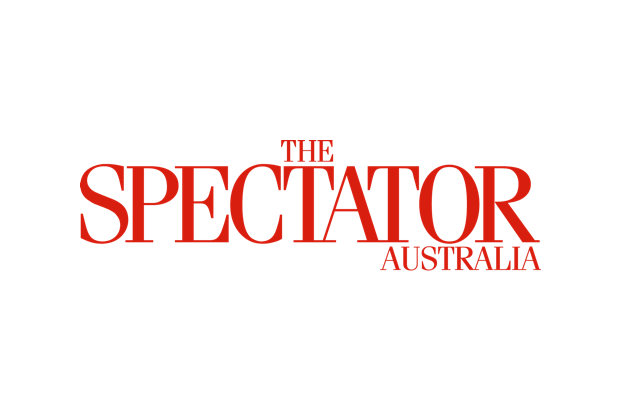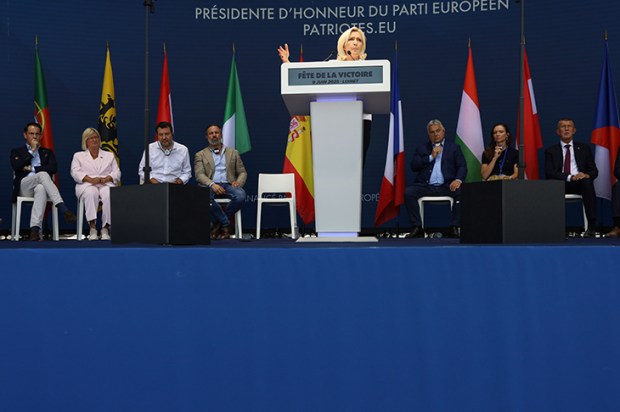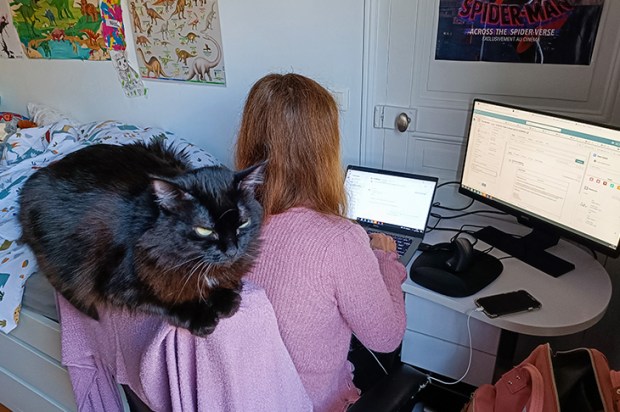Rarely does a month go by without some Australian politician, journalist, or commentator lamenting the end of Australia’s reform era.
Ex-politicians like Lindsay Tanner, and journalists like Laura Tingle and George Megalogenis, have blamed the inability to enact necessary reforms on everything from the 24-hour news cycle and an over-reliance on opinion polls, to the decline of the federal bureaucracy. Government’s themselves have cited a recalcitrant senate and an opposition that only says no.
What no one seems to have realized is that Australia’s political class doesn’t want real reform. They want high taxes and lavish spending proposals, typical of continental Europe. Nothing highlights this more than the vastly different reactions to Turnbull’s two most recent ideas—high speed rail and the return of income tax to the states.
The latter proposal was a visionary reform that could have ended the federal vs state ‘blame game’ once and for all; the former is a hugely expensive infrastructure boondoggle.
Turnbull announced his tax reform proposal in the lead up to COAG. It would have allowed states to take control of a fixed percentage of federal income taxes, which they could use to fund the services they provide. States could then vary the rate of income tax they collect in order to best cater for their own needs.
Currently, around 45 per cent of state budgets are made up of federal grants. This allows state governments to avoid responsibility for their own policy failures by constantly crying poor and asking for handouts from the federal government. Turnbull’s plan would fix this, at least in part, by making the states responsible for collecting their own revenue.
Built on the simple idea that the government responsible for spending taxes should also be responsible for raising the revenue, the proposal would have forced state governments to take responsibility for the economies they preside over.
It would have increased democratic accountability, and restored competition between the states—which has been continually eroded since the federal government took over income tax powers during World War II. States with struggling economies could lower the rate of income tax they collect in order to attract business and investment. States who get the tax mix wrong would face an exodus of taxpayers, increasing pressure for them to reform.
And yet this fundamental reform of Australia’s broken federation was derided by political commentators and state premiers alike. Fairfax’s Jennifer Hewett claimed it was not in the interests of the business community—blatantly ignoring the potential benefits and efficiencies tax competition could provide. Over at the ABC, Ian Verrender resorted to the favourite criticism of all lefties, claiming it would make Australia more like the United States.
As a US-based expat, I don’t really see the problem. There are some policies—though clearly not all—that America has got right. But Switzerland would be a more accurate comparison, since extensive tax competition is crucial to their success (income tax ranges from a flat-rate of 1.8 per cent in the canton of Obwalden, to a top rate of 18 per cent in Geneva).
And then there were our state premiers, whose aversion to fiscal autonomy ensured the idea didn’t survive the month.
Victoria’s Daniel Andrews labeled the proposal ‘a thought bubble’, apparently unaware that it had been suggested by Tony Abbott’s National Commission of Audit, and was discussed in a detailed issue paper during the latest federalism reform process. South Australia’s Jay Weatherill and Tasmania’s Will Hodgeman unsurprisingly opposed the idea, preferring to continue their states’ dependence on the rest of Australia.
Both states rely on lavish federal grants, refusing to make necessary economic reforms. Tasmania, in particular, has ensured its dependence by locking up valuable natural resources so that inner city trendies can go on hiking trips in old-growth forests—undoubtedly a pleasant experience, but hardly justification for lavish federal subsidies.
Western Australia’s Colin Barnett was the only vocal supporter of the idea, perhaps motivated by the expected return of a mere 30 cents for every dollar WA pays in GST revenue in 2015/16. Mike Baird was strangely absent from the debate, despite championing a near identical proposal last year—though his more recent proposal is to increasing GST by 5 per cent.
Contrast this to the enthusiastic embrace of a high speed rail line between Melbourne, Canberra, Sydney, and Brisbane. Turnbull hasn’t committed his government to the idea, but his favourable public statements have been met with applause from across the political spectrum.
The idea is not new. It is standing Greens policy, and multiple ALP politicians—ranging from Bob Hawke to Anthony Albanese—have proposed the idea. It’s not hard to understand the widespread appeal. Who doesn’t want to be able to travel from central Sydney to Melbourne or Brisbane in a few short hours? And everyone likes the sound of ‘high speed’.
There’s only one small problem: the project is estimated to cost $114 billion!
This completely dwarfs the projection of $43 billion for the Rudd government’s NBN, making it by far the biggest infrastructure project in Australian history. And all so that residents of Australia’s major cities can travel interstate on heavily subsidised fares, without the inconvenience of having to go to the airport.
The impracticality of this proposal has been brilliantly highlighted by economist Jason Murphy. In order to cover the interest on the $114 billion, the government would need to sell 80 million tickets per year—assuming a price of $150 each way, and a generous profit margin of 25 per cent. That’s 219,000 high speed rail tickets every single day, significantly more than the 44,000 currently sold for flights between Melbourne, Sydney, and Brisbane.
Australia’s political class wonder why Australia is incapable of implementing reform. But they only support increasing taxes and vast new spending programs. Principled solutions to Australia’s structural problems—like returning income taxes to the states—aren’t considered the ‘right’ type of reform.
Got something to add? Join the discussion and comment below.
Patrick Hannaford is the Editor of Young Voices, and an Australian writer based in Washington DC. Follow him on twitter @PatHannaford
You might disagree with half of it, but you’ll enjoy reading all of it. Try your first month for free, then just $2 a week for the remainder of your first year.









